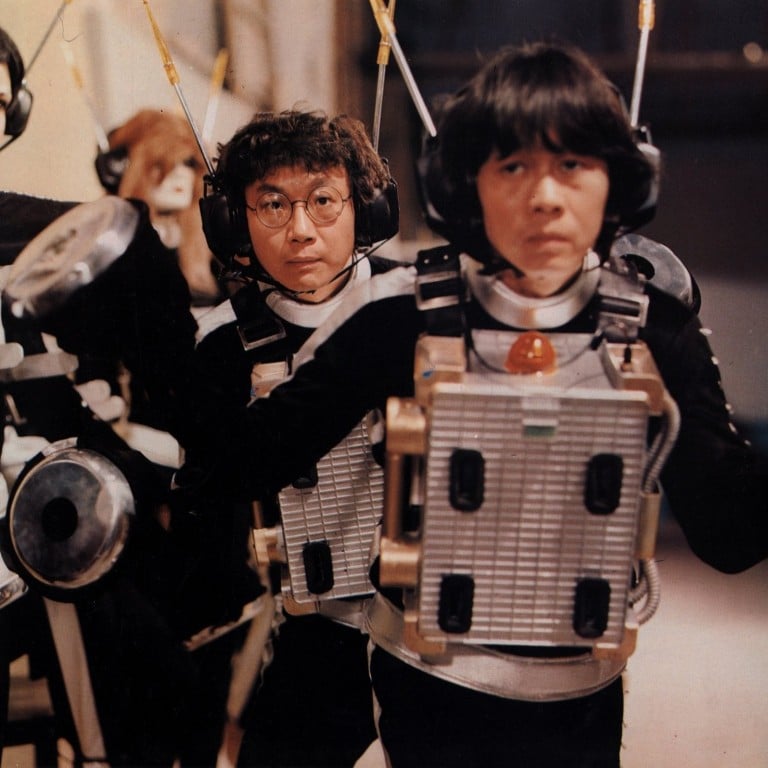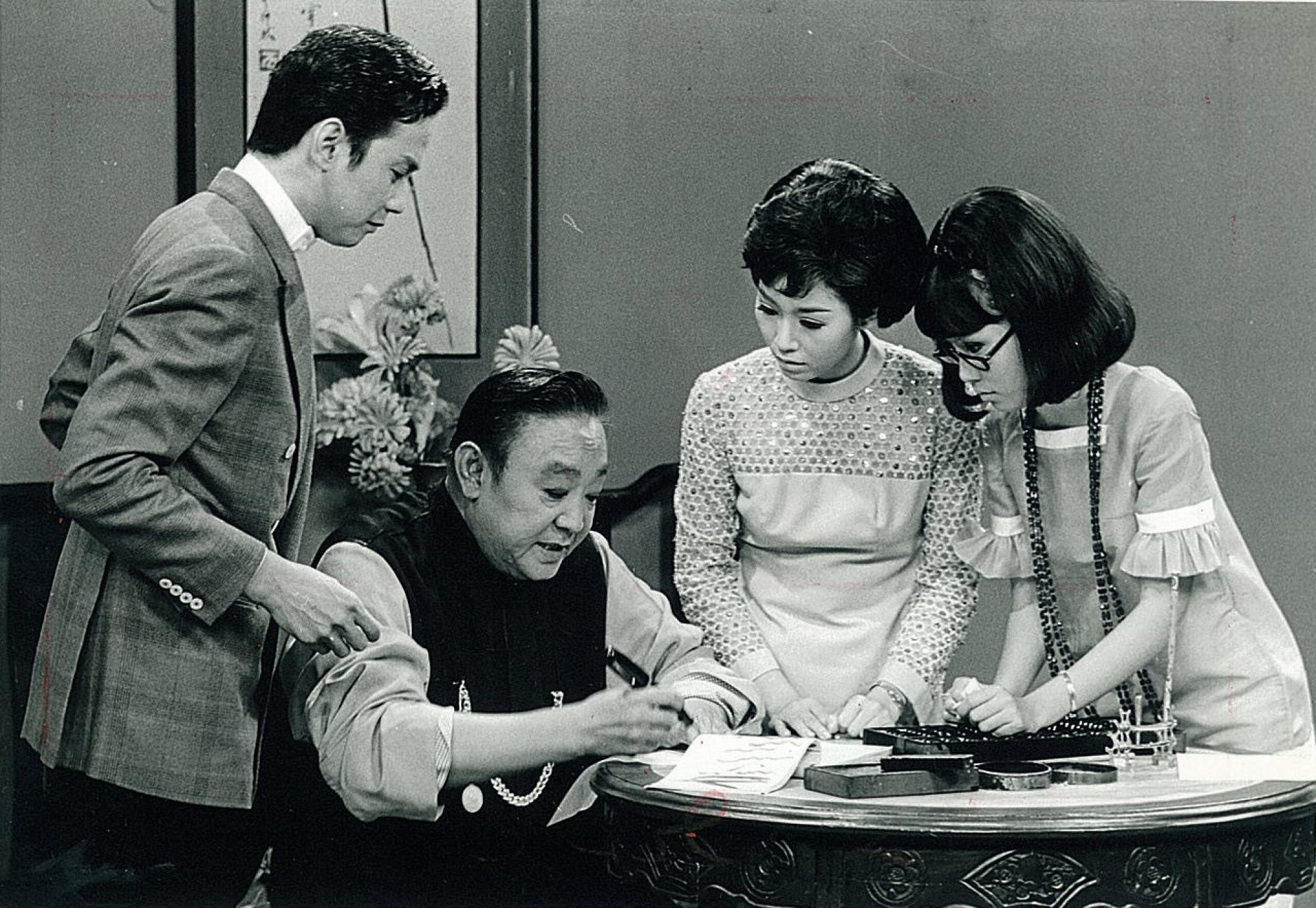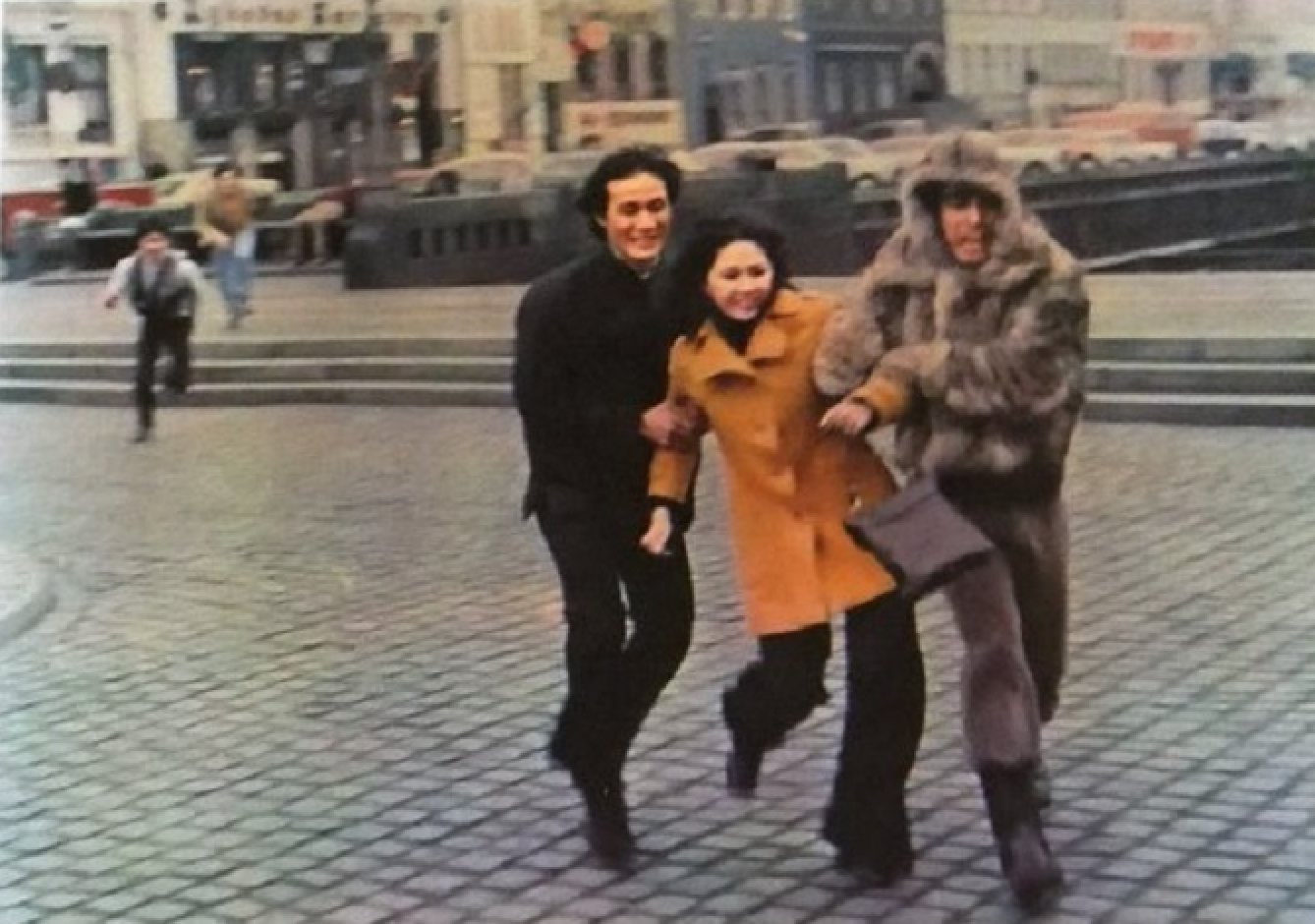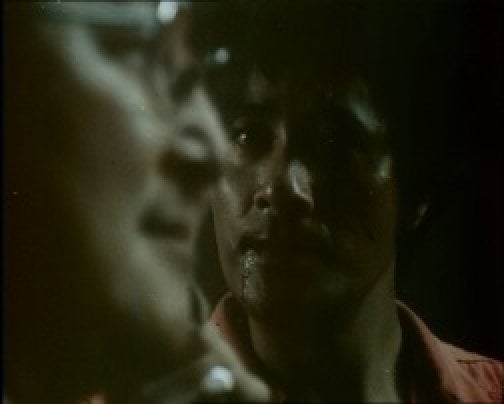
Explainer | What happened in Hong Kong cinema during the 1970s beyond Bruce Lee and the New Wave movement: Michael Hui, Jackie Chan, the rise of kung fu and sex movies, and more
- At the start of the 1970s, there was Bruce Lee. At the end, there was the Hong Kong New Wave. We take a look at what went on between the two in Hong Kong cinema
- Michael Hui’s comedy connected audiences with his films, kung fu got real – as did sex – the police film genre was born and Jackie Chan achieved stardom
But a lot happened in between. Here we take a look at the “other” 1970s.
Fun at the box office
According to a 1978 chart of all-time local box-office hits, Hui’s The Private Eyes (1976), The Contract (1978) and Games Gamblers Play (1974) held the top three spots.
Lee did not make an appearance until Way of The Dragon (1972) showed up in seventh place, behind foreign blockbusters like Jaws and The Towering Inferno, and Chor Yuen’s popular satire House of 72 Tenants (1973).
How Stephen Chow’s Royal Tramp films updated an already popular story
Hui’s films were hilarious, but they also connected with audiences because they were the first movies to define a specifically Hong Kong – rather than Chinese – culture.
Coming at a time when the colonial government was riven by corruption scandals, Hui’s films depicted average citizens – albeit hilariously exaggerated ones – standing up for themselves against the excesses of authority.
“The Private Eyes manages to land some well-aimed kicks at the Hong Kong establishment,” wrote one local critic at the time. “It takes a partly affectionate and partly satirical look at Hong Kong life.”

The small screen rises
Television had a big influence on films in the 1970s. Hong Kong’s television stations, which had started as subscription services, went free to air in 1967, and by the early ’70s television was competing with cinemas for audiences.
Television shows of the time succeed in reflecting popular culture, and the variety show Enjoy Yourself Tonight was a massive success. But most shows were staid and still contained moralistic messages.

Film producers, who were less constrained by censorship, realised that they could win viewers by going further than television was allowed to go – so films got more violent, and sex films started to appear.
The Hong Kong riots of 1967 had changed society and filmmakers were simply keeping up with the times.
“Traditional precepts and teachings no longer applied,” wrote leading critic Sek Kei. “Greed and lust no longer had to be avoided … as long as there was a market, filmmakers could do what they wanted, no matter how outrageous or taboo it may be.”
7 surprising facts about Hong Kong filmmaking history you may not know
The resulting films appealed strongly to a newly rebellious audience of young men, who also found cinema visits gave them some respite from Hong Kong’s cramped living conditions.
Kung fu got real
Swordfighting (wuxia) films ruled in the late 1960s. But after the phenomenal success of Bruce Lee, wuxia films all but disappeared from the mainstream, to be replaced by the hand-to-hand combat of kung fu.
Towards the middle of the decade, partially because of Lee’s influence, kung fu film directors tried to depict the on-screen fights more realistically.

“Film titles would even tell you what style the protagonists were fighting in. There was Hung Gar, Wing Chun, Praying Mantis, Tai Shing Pek Kwar Moon and all kinds of schools,” he continued, noting that viewers would often recognise the styles the martial artists were demonstrating on screen.
Sex before sex
Hong Kong’s Category III sex and violence films, which were popular in the early 1990s, are much talked about. But local sex films first took off in the early 1970s, mainly aiming at that same rebellious young male audience mentioned above.

“Hong Kong filmmakers have been frantically searching for an alternative screen success to kung fu, and that seems to have appeared in that ever-consenting standby, sex – spelled Sensual-Exotic-Xrated!” gushed Film Asia magazine.
Film companies adopted a “fist and pillow” approach, which meant that they would make both kung fu films and sex films.
The sex films were mainly “nudie” features and soft porn, although some were reportedly more explicit – the naughtier bits were often put in to sell the films to European countries.
How Sammo Hung found the magic formula for Hong Kong ghost films
The trailblazer was 1973’s Adventure in Denmark, which charted the sexual conquests of James Yi Lui’s character in Europe. The film took over HK$1 million, a phenomenal amount at the time.
Film companies – including heavyweights like Shaw Brothers – rushed to plumb the depths of crudity in search of a box-office hit.
At least the films were honest about their intentions. The title The Stud and the Nympho pretty much lays its content bare, and Virgins of the Seven Seas, reportedly one of the more vulgar offerings, tried to win viewers by simply claiming it showed “60 naked women”.

Police and thieves
Real-life events primed the interest of the public and spurred filmmakers to produce police films. Peter Fitzroy Godber, superintendent of the police force, was charged with corruption in 1973, the Independent Commission Against Corruption (ICAC) was formed in 1974, and drug kingpin “Crippled Ho” was arrested in the same year.
Ng See-yuen’s Anti-Corruption (1975) was probably the first film of the genre. The documentary-style drama about police corruption used real locations and amateur actors, and nearly got itself banned by the colonial administration.
Ng remembers that the night it did finally open, so many people showed up there was almost a riot and the cinema’s box-office window got smashed.
Jumping Ash, a collaboration between director Leong Po-chih and actress Josephine Siao Fong-fong, pushed the genre into the mainstream, and its story about an honest police officer forced to go outside the law to nail the villains connected with local viewers.

The film – a fictional piece – was written by Philip Chan Yan-kin, a former police superintendent. After the success of Jumping Ash, Chan quit the force and pursued a highly successful career in the film industry.
Laughing times
How Sammo Hung mixed crude comedy and authentic martial arts
“When I was at an overseas film festival someone said to me, ‘These Chinese films are too violent … so much blood and gore. You won’t get a Northern European release for them.’”
“This got my wheels turning,” Ng wondered. “How could we make the films less violent? What if we kept the action and kung fu, but put it in the form of a comedy?”

In this regular feature series on the best of Hong Kong cinema, we examine the legacy of classic films, re-evaluate the careers of its greatest stars, and revisit some of the lesser-known aspects of the beloved industry.
